LED users: advice from your experience
joel_bc
11 years ago
Related Stories

DECORATING GUIDES10 Design Tips Learned From the Worst Advice Ever
If these Houzzers’ tales don’t bolster the courage of your design convictions, nothing will
Full Story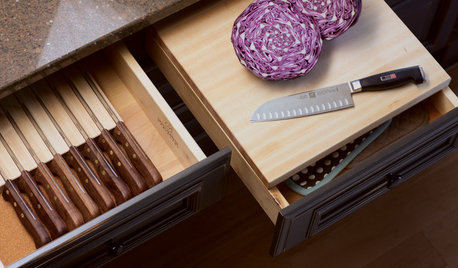
KITCHEN STORAGEKnife Shopping and Storage: Advice From a Kitchen Pro
Get your kitchen holiday ready by choosing the right knives and storing them safely and efficiently
Full Story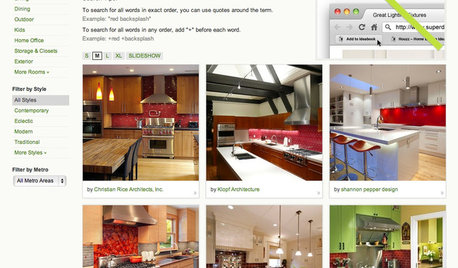
INSIDE HOUZZ9 Power-User Tricks to Get More From Houzz
Search faster and better, tap into design guides, manage your ideabooks and see photos on your flat-screen TV
Full Story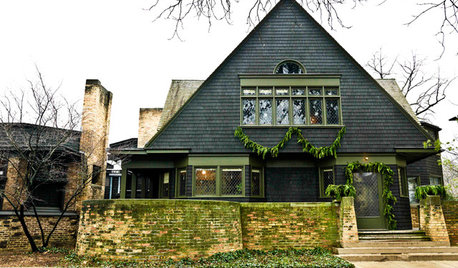
MOST POPULARExperience the Holidays at Frank Lloyd Wright's Home and Studio
Handmade decorations, greenery and gifts show how the famed architect and his family celebrated Christmas in their Oak Park home
Full Story
BATHROOM DESIGNDreaming of a Spa Tub at Home? Read This Pro Advice First
Before you float away on visions of jets and bubbles and the steamiest water around, consider these very real spa tub issues
Full Story
KITCHEN DESIGNSmart Investments in Kitchen Cabinetry — a Realtor's Advice
Get expert info on what cabinet features are worth the money, for both you and potential buyers of your home
Full Story
LIFEGet the Family to Pitch In: A Mom’s Advice on Chores
Foster teamwork and a sense of ownership about housekeeping to lighten your load and even boost togetherness
Full Story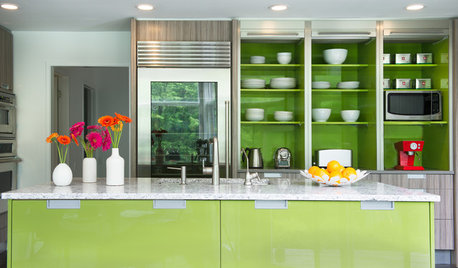
KITCHEN DESIGNKitchen of the Week: Bold Green and User Friendly in Connecticut
A renovation creates a more colorful kitchen with better traffic flow and lots of storage
Full Story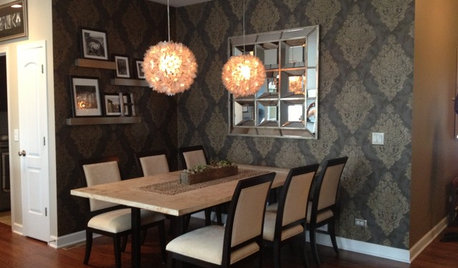
DINING ROOMSInside Houzz: Taking a Dining Space From Plain to Polished
By-the-hour design advice helps a homeowner define a dining area in an open floor plan and give it a decorator look
Full Story
LIGHTINGThe Lowdown on High-Efficiency LED Lighting
Learn about LED tapes, ropes, pucks and more to create a flexible and energy-efficient lighting design that looks great
Full StoryMore Discussions






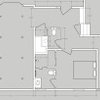
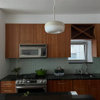
David
joel_bcOriginal Author
Related Professionals
Camp Springs Lighting · Red Bank Lighting · West Palm Beach Furniture & Accessories · Woodbury Furniture & Accessories · Hilton Head Island Furniture & Accessories · Westbury Interior Designers & Decorators · Glasgow Decks, Patios & Outdoor Enclosures · Hockessin Decks, Patios & Outdoor Enclosures · Houston Decks, Patios & Outdoor Enclosures · Lake Morton-Berrydale Decks, Patios & Outdoor Enclosures · Livingston Decks, Patios & Outdoor Enclosures · New Berlin Decks, Patios & Outdoor Enclosures · Orange County Decks, Patios & Outdoor Enclosures · Richmond Decks, Patios & Outdoor Enclosures · Vandalia Decks, Patios & Outdoor EnclosuresDavid
joel_bcOriginal Author
David
lee676
joel_bcOriginal Author
David
Vertise
inspiredled
corgimum
dodge59
joel_bcOriginal Author
dodge59
David
David
Monica1119
poobaloo
joel_bcOriginal Author
joel_bcOriginal Author
David
joel_bcOriginal Author
David
attofarad
attofarad
lee676
BiggerDiggler
David
ontariomom
BiggerDiggler
bus_driver
mattpete
wws944
mattpete
wws944
lee676
BiggerDiggler
mattpete
mattpete
leona912
ledlightmake